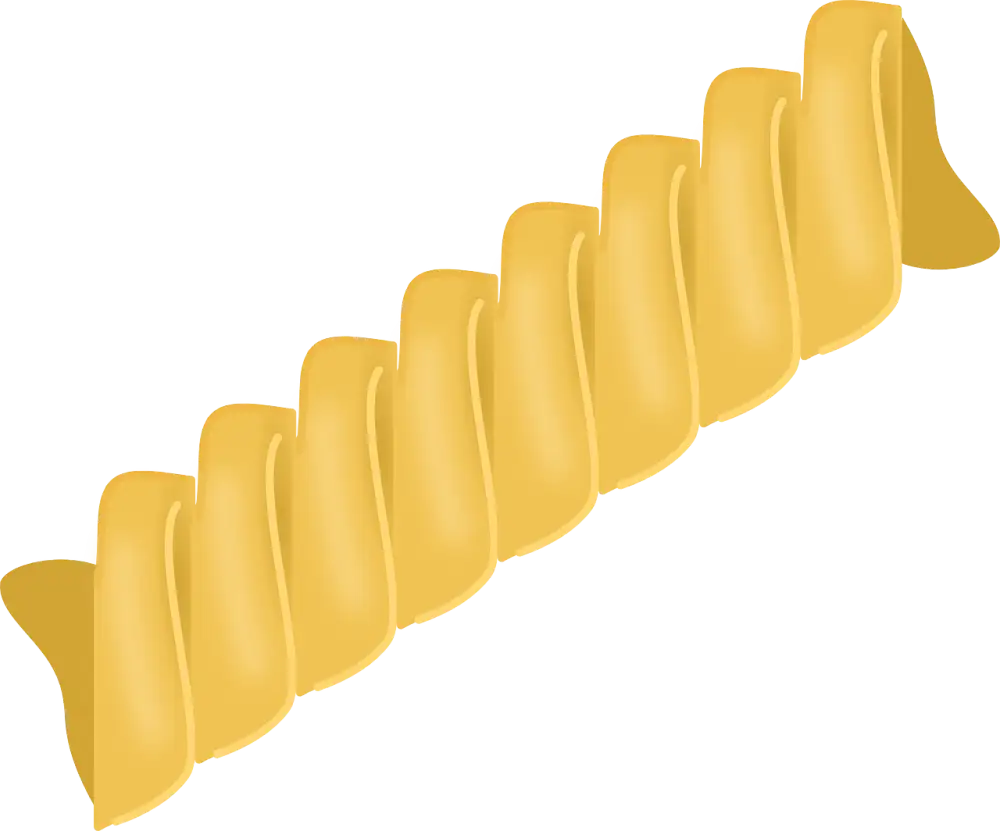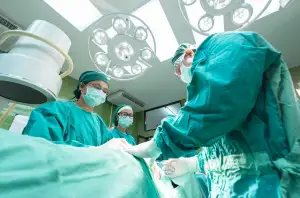Unveiling the Truth: The Risks and Remedies of Eating Corn Starch for Pica Patients

- Understanding pica: definition and causes
- Exploring the risks and potential health complications of consuming corn starch
- The nutritional value of corn starch and its impact on the body
- Tips for managing pica and reducing the urge to eat corn starch
- Seeking professional help and treatment options for pica
Pica, a disorder characterized by the persistent craving and consumption of non-food substances, has intrigued researchers for centuries. One such substance that pica patients often indulge in is corn starch. While corn starch is commonly used as a thickening agent in cooking and baking, its consumption as a standalone food item raises concerns about potential health risks. In this article, we will delve into the world of pica, explore the risks associated with consuming corn starch, and provide insights on managing this condition for a healthier relationship with food.
Understanding pica: definition and causes
Pica is a disorder characterized by the persistent craving and consumption of non-food substances, such as corn starch. It commonly affects individuals with nutritional deficiencies, developmental disorders, or mental health conditions. The exact cause of pica is not fully understood, but it is believed to be a combination of genetic, environmental, and psychological factors. Some theories suggest that pica may be a result of iron deficiency or an attempt to alleviate stress or anxiety. It is crucial to recognize and address the underlying causes of pica to ensure proper treatment and support for individuals affected by this condition.
Exploring the risks and potential health complications of consuming corn starch
Consuming corn starch can pose several risks and potential health complications for individuals with pica. One of the main concerns is the risk of nutrient deficiencies, as corn starch lacks essential vitamins and minerals. This can lead to malnutrition and weakened immune function. Additionally, excessive consumption of corn starch can cause digestive issues such as bloating, constipation, and abdominal pain. It may also contribute to weight gain and increase the risk of developing chronic conditions like diabetes and heart disease. It is important for pica patients to be aware of these risks and take steps to address their cravings in a healthier way.
The nutritional value of corn starch and its impact on the body
Corn starch is a common ingredient used in cooking and baking, but its nutritional value is often overlooked. While it does not provide significant amounts of vitamins or minerals, corn starch is a source of carbohydrates. When consumed, it can provide the body with energy. However, excessive consumption of corn starch can lead to weight gain and an increased risk of developing health conditions such as diabetes. It is important to consume corn starch in moderation and incorporate a balanced diet that includes a variety of nutrient-rich foods to maintain overall health.
Tips for managing pica and reducing the urge to eat corn starch
To manage pica and reduce the urge to eat corn starch, there are several tips that can be helpful. Firstly, it is important to identify triggers and avoid situations that may lead to cravings for corn starch. This could include staying away from places where corn starch is easily accessible or removing it from your home altogether. Secondly, finding alternative activities or distractions when the urge arises can be beneficial. Engaging in hobbies, exercising, or practicing relaxation techniques can help redirect your focus away from the desire to consume corn starch. Additionally, maintaining a balanced and nutritious diet can reduce cravings for non-food items like corn starch. Ensuring that you are consuming enough vitamins and minerals through a variety of healthy foods will help satisfy your body's nutritional needs and decrease the likelihood of pica cravings. Lastly, seeking support from friends, family, or support groups can provide encouragement and guidance throughout the process of managing pica. Remember, overcoming pica takes time and patience, but with determination and support, it is possible to develop a healthier relationship with food.
Seeking professional help and treatment options for pica
Seeking professional help is crucial for individuals with pica. A medical evaluation can determine the underlying causes and provide appropriate treatment options. Behavioral therapies, such as cognitive-behavioral therapy, can help individuals develop healthier eating habits and address any emotional or psychological factors contributing to pica. In severe cases, medication may be prescribed to manage cravings and reduce the urge to eat non-food substances. Remember, seeking professional guidance is essential in overcoming pica and promoting overall well-being.
In conclusion, it is crucial to promote a healthy relationship with food and address pica. While consuming corn starch may provide temporary relief for individuals with pica, it poses significant risks and potential health complications. It is essential to understand the underlying causes of pica and seek professional help for effective treatment options. By managing pica and reducing the urge to eat corn starch, individuals can improve their overall well-being. Let us strive towards a balanced diet that nourishes our bodies and promotes a healthier relationship with food.
Published: 12. 12. 2023
Category: Health



